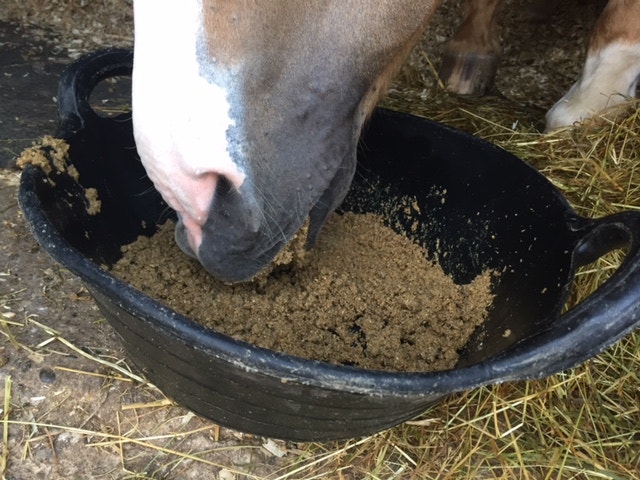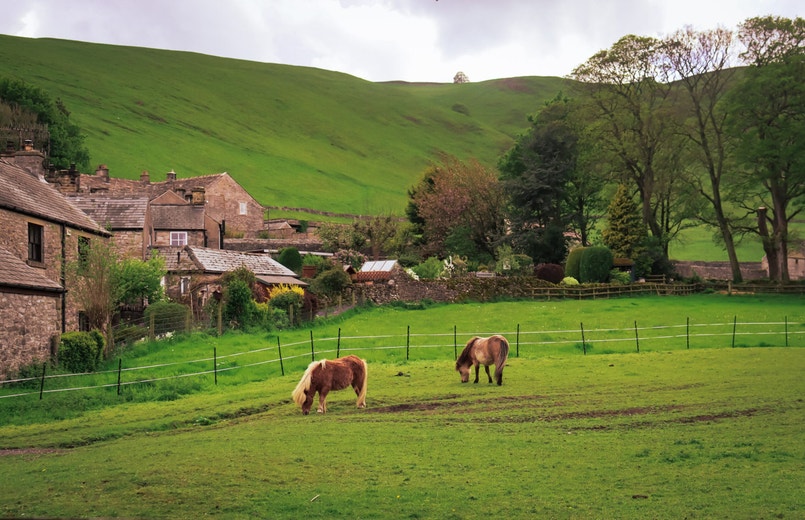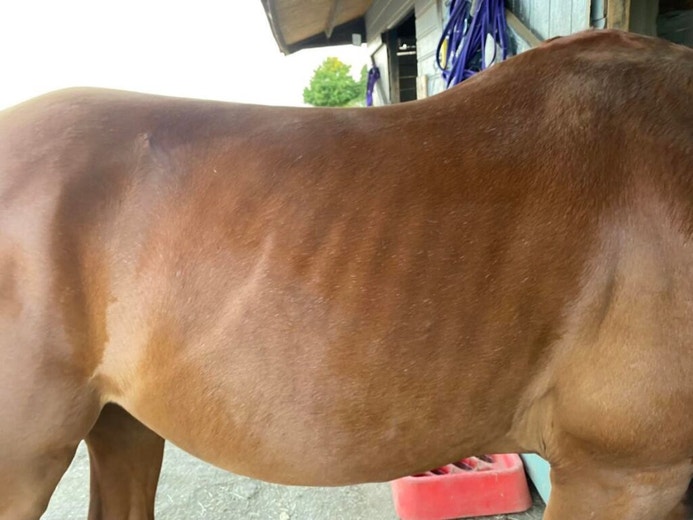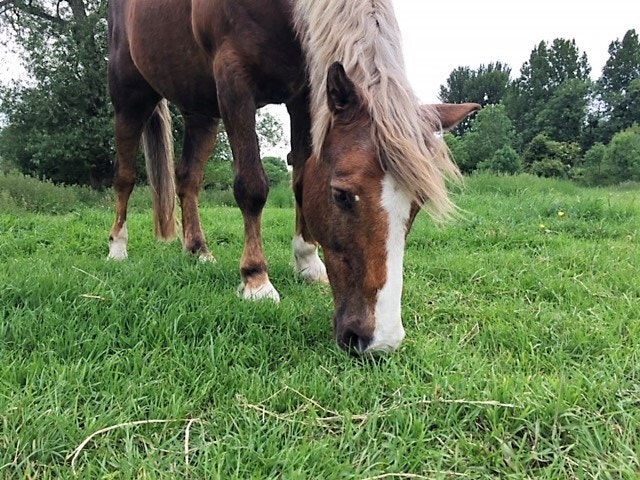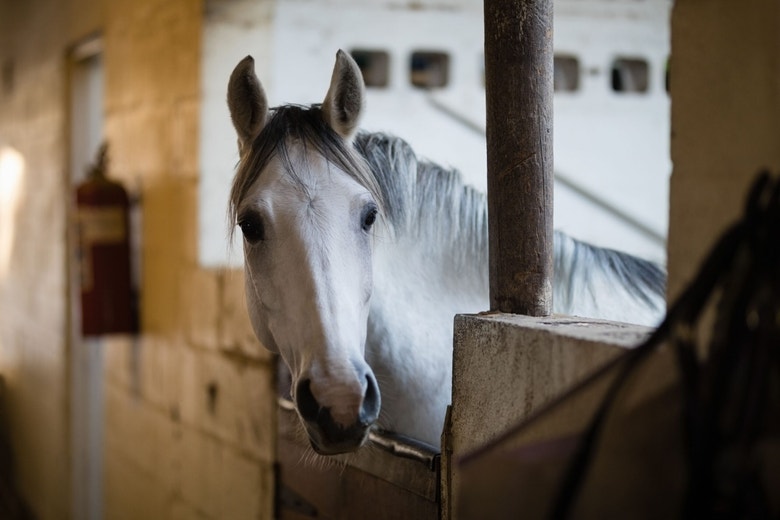The truth about calories
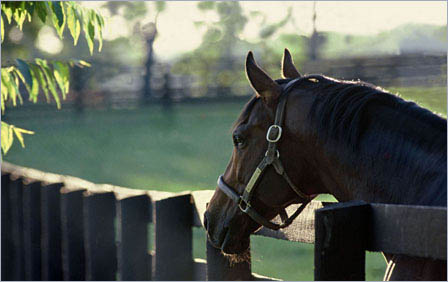
Making sure your horse maintains a healthy body weight/ condition is a key part of supporting their over-all health so it’s important tat we understand the role that calories play. Read on to find out the truth…….
What are calories?
Calories are simply a measurement of energy – electrical energy is measured in kilowatts and in human nutrition, energy from food is measured in kilocalories or ‘calories’. The term ‘calories’ doesn’t really apply to equine diets, but it’s often used by nutritionists because it’s a term we tend to associate with bodyweight. In the UK, energy in horse feed is measured in megajoules of digestible energy which is often abbreviated to ‘MJ DE’.
Does this mean energy and calories are the same thing?
Yes! Essentially energy and calories are just two different terms used to describe exactly the same thing. Whilst this means the idea of finding a feed high in energy but low in calories really is too good to be true, increasing the calories in your horse’s diet doesn’t have to compromise their behaviour (or digestive health). Adjust the level of calories you feed according to your horse’s body condition and if you are concerned about excitability (or clinical conditions such as colic, gastric ulcers, laminitis and tying up), pay close attention to where those calories come from.
Calories per kilo vs calories per meal
If you look at the nutrient table on the back of your feed bag, you will notice that the level of digestible energy (calories) is listed on a ‘per kilo’ basis but the number of calories your horse will actually consume will depend on how much of it he eats!
| Calories per kilo (MJ DE) | Calories per Stubbs scoop (MJ DE) |
SPILLERS High Fibre Cubes | 8.4 | 16.8 |
SPILLERS HAPPY HOOF | 8.8 | 4.4 |
SPILLERS Digest+ Conditioning Cubes | 12 | 24 |
SPILLERS Shine+ Conditioning Mix | 12 | 18 |
SPILLERS Alfalfa-Pro Fibre | 12.5 | 7.5 |
The same applies to our own diet. Milk chocolate contains around 530 calories per 100g vs. 80 calories per 100g of banana. Tucking into a standard sized (45g) bar of chocolate will mean you consume 239 calories but if you can restrain yourself to just one square (OK this might not possible!), you will consume less than 50 calories – less than a banana!
Where do calories come from?
The highly complex process of metabolism converts certain nutrients in food, the main ones being fibre, oil, starch and sugar to calories (energy) that can be used by the body. Did you know?
Cereal grains are the largest source of starch in the horse’s diet – forage is the largest source of sugar
Gram for gram, oil is approximately 2.5 times higher in calories compared to cereals grain but starch and sugar free
Calories and excitability
Diet is just one of a long list of things that can affect behaviour including temperament, fitness, routine and weather – something you may be only too aware of if you’ve tried riding a ‘sharp’ fit horse on a cold windy day after they’ve been stabled for a few days without any exercise! However, when it comes to feed related excitability, cereal starch is the most common culprit, regardless of the calorie content. A low calorie (energy), high starch feed may be far more ‘heating’ than a high calorie (energy) low starch feed. In some cases, simply feeding more calories than your horse needs can also lead to unwanted excitability although this is less common.
Calories and health
Every horse’s diet should be high in fibre but not all horses can maintain a healthy weight/ body condition on forage alone. Diets high in starch and sugar increase the risk of a number of clinical conditions including gastric ulcers, colic, tying up and laminitis. If you work on the basis that prevention is always better than cure, choosing fibre-based feeds that contain low or restricted levels of starch and sugar is a sensible strategy for any horse.
For more advice choosing the most suitable feed for your horse contact the SPILLERS Care-Line
